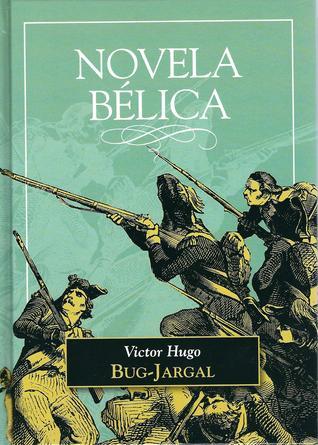What do you think?
Rate this book


255 pages, Hardcover
First published January 1, 1818
Night and the day, when united,
Bring forth the light.
'Who can tell if the bullets of the enemy nay not have spared his head for his country's guillotine?'If a man fights an enemy to take their power, he will likely enjoy the praise of those he leads. But a man who fights to liberate humanity, a true liberation of all life, will not only find an enemy in evil but also in those he seeks to save. In order to transcend such opposition, at both ends of the power pendulum, the liberator must honor his code of virtue, as opposed to the approach taken by oppressors, even to an unjust and ungrateful end for the sake of righteous living under the dictation of justice and love rather than pride, for the sake of all people whom he endeavors to liberate.